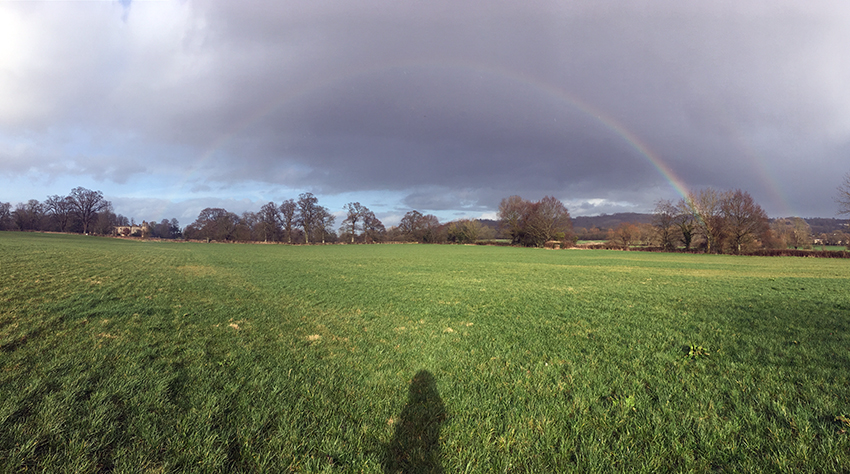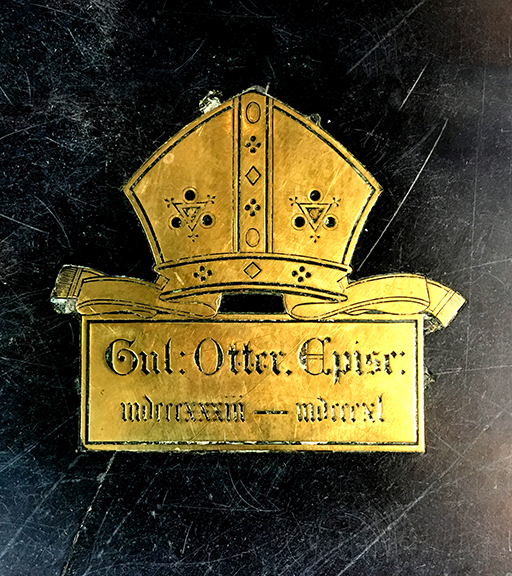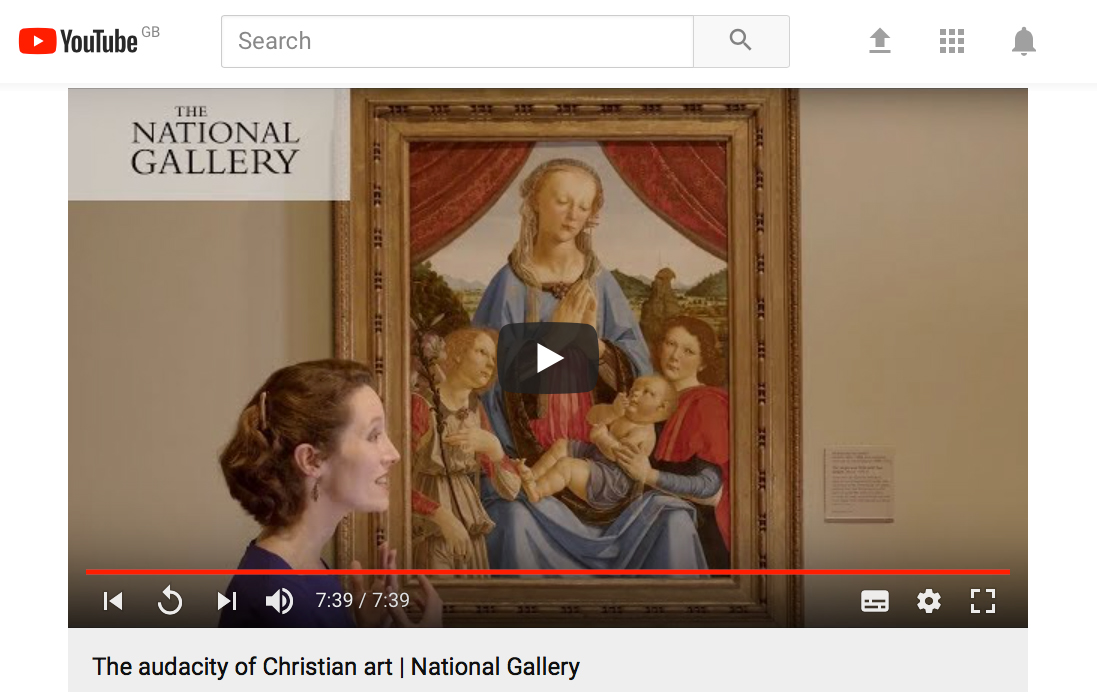It’s 2020. I wonder if we can start the year with clear vision. If those of us playing with the meaningfulness of images and words can anticipate the colour cast of the next decade or two. Or consider whether we are even facing the right way? Sometimes I feel the disjunction of offering thoughts on the arts in a burning world acutely, let alone introducing a religious voice here. The estrangement of theological vocabulary: it’s a laughable anachronism in visual culture at large, but those in church or universities (on the religious side) continue to write and speak it. Where practice harangues me, publications persuade me. A betwixt and between place to be at the moment.
Excerpts below are taken from Art+Christianity’s 100th issue (Winter 2019), to which I contributed. Along with others working in the field, I was asked to respond to the question, ‘Looking back over the past 25 years of art and religion in dialogue with one another, in what ways do you think this will develop in the next 25 years?’ Here I select those who identified specific concerns for the future. Some identify interpretative or cultural thresholds for the conversation partners, others highlight the changing locales of the internet, church space, activism and global Christianity. Plural indeed, as Jonathan Anderson notes. Let’s hope for the rigour to follow.
Academic interest in the relationship between theology and art … has been conspicuously absent from contemporary art academe and the public gallery. A significant apologetic task remains to make the case for a public practice of visual theology. … Practices and reforms [in the art world, including working practices that are collaborative, inclusive, heterogeneous and democratic] provide fruitful opportunities, as yet unrealised, for public theology. My hope is that the debates we have been having will find their place within contemporary art academe and cross over into the public realm. This is not inevitable. It must be intentional and, as practitioners and researchers, we must listen carefully and try to ask the right questions.
Lucy Newman Cleeve, Gallery Director, Man&Eve
The scholarship of ‘art and religion’ has grown significantly in the past 25 years, and it will continue to do so, gradually consolidating into a coherent field of study. … I think we’ll see two important developments: (1) Thus far, the most advanced ‘art and religion’ discourse has lived on the margins of the art world, drawing more heavily from sociology, religious studies and theology. In coming years, more of this discourse will occur within academic art history and major art institutions. (2) In the past two years, several prominent contemporary artists have told me that they are not particularly interested in talking about religion or spirituality, but they are very interested in talking about theology … This doesn’t mean a shift towards doctrinal or ecclesial concerns, but it does mean an increasing exploration of the vast resources of historical theology as providing both vital social context and powerful critical apparatuses for art-historical research. The theological perspectives contributing to this discourse will be extremely plural, but they will be more theologically rigorous and historically well-resourced across this plurality.
Jonathan A. Anderson, Associate Professor of Art at Biola University
Criticism has been catching up to practice [since Elkin’s ‘On the Strange Place of Religion in Contemporary Art‘, 2004], and will continue to do so, not least because horizons of religion in the global cultural sphere demand it. But I echo those such as Jonathan Anderson who call for deeper reflexive engagement alongside the more prevalent sociological axis. Theologians and religious leaders are slow to pick up where a dominant suspicious hermeneutics has thoroughly disenfranchised the image from institutional religion, partly because there’s so much postmodernity to get through. Art critics and educators show lack of nerve and occasional lapses of intellectual respect, especially where Christianity is concerned. Artists, on the other hand, will crack on regardless. They’re the ones doing the imaginative work; my money’s on them.
Sheona Beaumont, Bishop Otter Scholar and artist
The internet is a public space and in the next 25 years I think it will be in this public space that the most interesting and creative inter-relationship between art and Christianity will take place.
Stephen Cottrell, Bishop of Chelmsford
Whether exploring the imagination in art and theology, questioning the claims of institutions on corporate and individual cultures of belief, or assessing the vital place of visuality in a putatively post-secular world, [art and religion] dialogue can speak to urgent needs today. Facing a culture poor in truth and satiated with excess, in the next 25 years the dialogue between art and religion may hold some of the best means we’ll find for living with it and with one another, seeing clearly, and for hope.
Deborah Lewer, Senior Lecturer in History of Art, University of Glasgow
The dialogue between theologians and artists, especially within the sacred spaces of churches, will continue to be a central context for religious reflection in a society that is increasingly set apart from the churches and the practice of religion.
David Jasper, Professor Emeritus of Literature and Theology at University of Glasgow
The next 25 years is the timeframe we have left to avert the potentially disastrous consequences of environmental abuse to our planet. It is also our chance to lead on equality of opportunity, to mitigate homelessness and hunger and to embrace the potential benefits to societies from migration and multiculturalism. There are parallels to be drawn between religion and art, both which will address these urgent issues.
Vivien Lovell, Founder Director of Modus Operandi
What I would like to see in the next 25 years is a worldwide perspective on this [Christian imagery in art]. In some parts of the world, China and Africa for example, the Christian faith is thriving. It would be good to be in touch with how this is being expressed in the rich artistic cultures of those countries.
Richard Harries, former Bishop of Oxford
Header image: Rainbow, 2020, by Sheona Beaumont.



